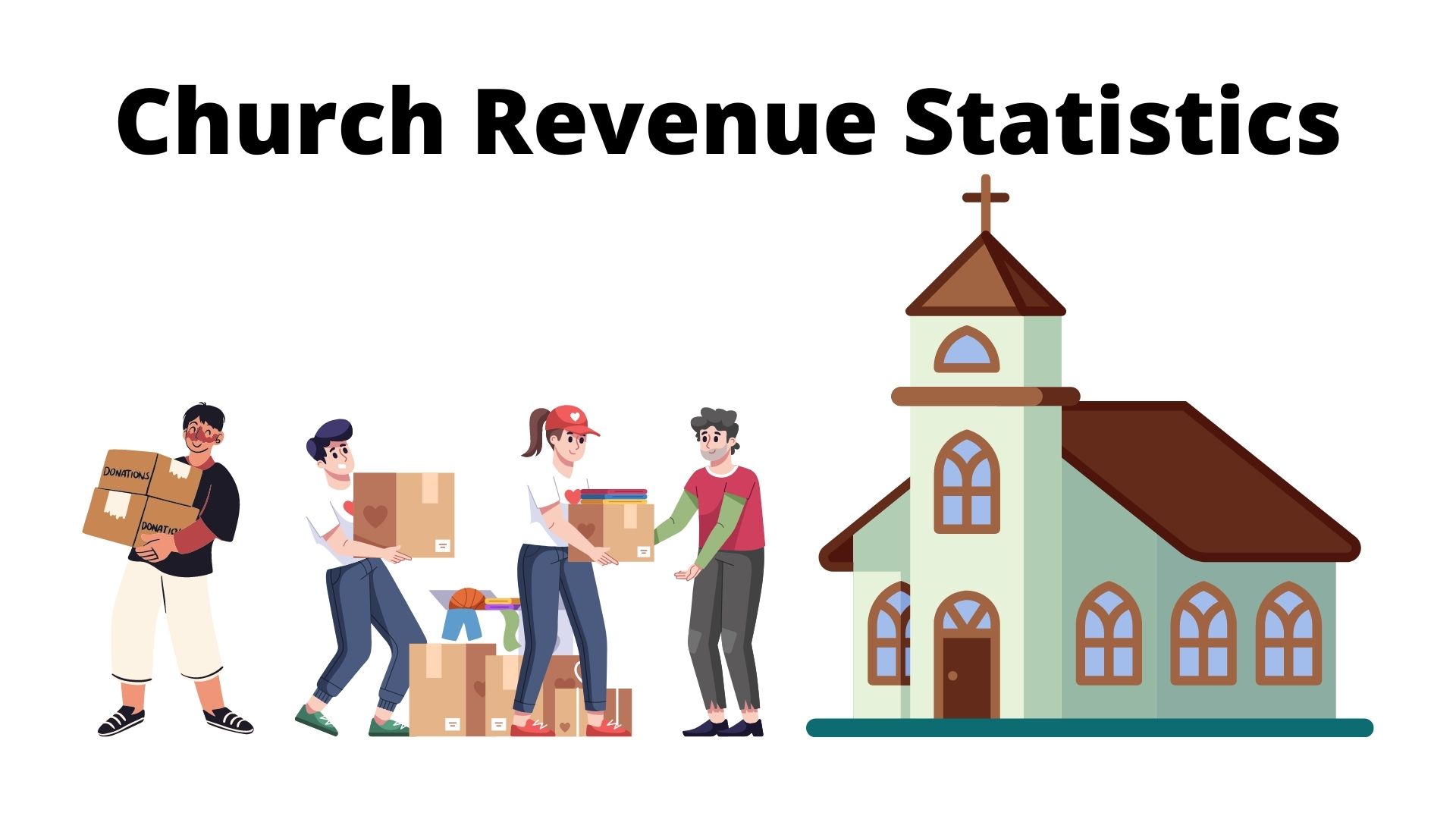Salesforce Works Its CRM Mojo on Internet Marketing Company
Mojo Interactive, an Internet marketing company that developed the online patient referral service LocateADoc.com, is a confident, tech-savvy business that saw an online opportunity and grabbed it. However, when it came to managing leads, particularly from trade shows, Mojo wasn't quite as confident or savvy. That changed, however, after Mojo invested in Salesforce.com CRM software.
Centralize and Access Customer-related Data
Like many small and mid-sized businesses, Mojo's sales team (like the rest of the company) relied primarily on Microsoft Outlook and Excel. “We didn't have a centralized place for information,” explained Sean Reed, the vice president of development at Mojo Interactive. Instead, “each of our sales reps had kind of their own contact management system within Outlook or spreadsheets for their sales pipelines and whatnot.”
And as Mojo's sales force was typically on the road for weeks at a time, there was often a lag between when a sales person closed a lead and when accounting could act on it.
“They'd be at these conferences selling our products, and the revenue wouldn't get run until they got back into the office, because they had everything with them,” explained Reed.
To remedy that situation, the company decided to invest in a customer relationship management (CRM) system – and made a checklist of the must-have features.
“We wanted something Web-based, so there would be no software to manage,” said Reed. Moreover, it had to be “really flexible, scalable, easy to customize and provide real-time access to information, no matter where someone was (because our people travel so much).” And, of course, it needed to be affordable.
After a brief search, Mojo Interactive chose Salesforce CRM Professional Edition, a Web-based solution known for providing good mobile device support. And within just a few weeks, with the help of Salesforce.com technology partner Astadia, Mojo had migrated all of its decentralized customer data into Salesforce (from Outlook and the company's Microsoft SQL database), thereby centralizing it, and had rolled out the CRM solution to its sales, marketing, customer service, accounting and development teams.
Almost immediately, according to Reed, the company noticed a big difference.
“Salesforce allowed our sales team to be fully functional while on the road,” said Reed. “And now we have a real-time way to manage those leads.”
That's because instead of storing client-related/lead information in Outlook or on a spreadsheet on their notebooks, the sales team now just clicks on Salesforce and can instantly create an opportunity and mark it as closed (if the customer actually purchases Mojo Interactive's services), which instantly sends the information to accounting, so it can immediately process the credit card payment, etc. “So we have a quicker revenue stream, and we are also able to set up our clients much faster,” said Reed.
Profit From Tradeshows
That capability to process leads from the road, and in particular from trade shows and conferences, has been invaluable. That's because each year Mojo Interactive salespeople attend between 50 and 60 trade shows or conferences, and by knowing which trade shows generate the most leads, Mojo can be much smarter about where to spend its marketing budget.
Indeed, because of the large role trade shows play in Mojo Interactive's marketing plan, and their expense, a couple of years ago Mojo upgraded to Salesforce CRM Unlimited Edition, so it could create a customized trade show application within Salesforce.
“We needed an automated way to approve, know and track which conferences we were attending, who was going, what dates they were, how many leads we got from them and how much money we made off them,” Reed explained. That way when it was time to register for that conference or show the following year, the Mojo team could go into Salesforce, look at the historical data, determine the return on investment (ROI) and whether or not to attend.
“We've been doing this [going to trade shows and conferences] for 10 years, so we'd kind of mastered it,” he said. But Salesforce took things to a whole new level. With Salesforce CRM, “with a couple of clicks, it generated reports that said this is how much you potentially made or lost and gave us some management insight quickly. And now we're able to make quick decisions on which conferences to attend, and which conferences we shouldn't attend (because they were not profitable or attendance was really low).”
As a result of the new trade show automation application it created using Salesforce, Mojo Interactive's trade show profitability increased by 10 percent. And Mojo is also using Salesforce to track other aspects of its marketing program, specifically its e-marketing and e-mail campaigns. Thanks to Salesforce, “we're able to manage our marketing dollars much more affectively, because now we have a high level view of where we are spending,” said Reed.
And Mojo Interactive isn't the only small but growing business to benefit from CRM, said Al Falcione, senior director of product marketing for Salesforce.com. “We have over 67,000 customers [large and small] that are using our service,” he pointed out. And like Mojo, they chose Salesforce because they didn't want a large upfront capital outlay, didn't want to have to invest in new software or hardware or additional IT people to run it, and didn't want to deal the hassle typically associated with upgrades.
With Salesforce, he said “you just open your browser, point it to our service and click. You're up and running, no matter where you are.” And when there's an upgrade, it's done automatically, over the weekend, he said. “So when customers come in Monday morning, they don't have to do anything. It's all automatic.”
Jennifer Lonoff Schiff is a regular contributor to Enterprise Apps Today and runs a blog for and about small businesses.
